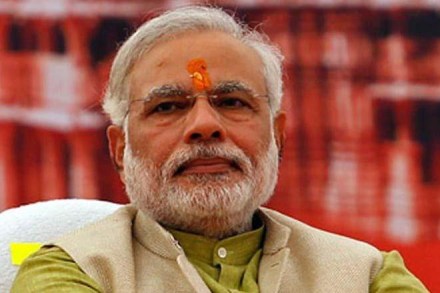Talk of jobless growth is endemic but data from BSE-500 firms shows a reasonably healthy 3.4% growth in jobs in FY17 – this is lower than FY16’s 4.2% but higher than that in several previous years. Within this, firms like temping firm Teamlease have seen massive growth in demand for, mainly, marketing professionals in Tier-2 and Tier-3 towns with consumption growth booming.
Yet, with just just 4 million employed, out of India’s work-force of more than 450 million, the organized private sector is miniscule. Anecdotal evidence suggests jobs creation in the unorganized sector remains poor though the last set of official data goes back several years. Some part will get fixed once construction picks up under, say, the PM’s housing scheme though, as Crisil points out, for the same unit of GDP, jobs-intensity has reduced over the years – from 0.78 in 2000-05, employment elasticity in manufacturing fell to 0.57 in 2005-12.
The sector that offers the best hope is exports of apparel/shoes etc, where labour content is high and China is vacating the space with its labour costs rising. But thanks to poor labour laws, most Indian producers are very small and so can’t compete on either costs or quality – between 2010-16, Bangladesh’s total exports grew by 82% and Vietnam’s 145% versus a mere 17% for India.
With quick changes in labour and other laws, it is possible to fix this – the plan made by chief economic advisor Arvind Subramanian and textiles secretary Rashmi Verma for apparel last year looked at creating one crore direct and indirect jobs and $30 billion additional exports in three years; a similar scheme has been announced for footwear this year. How fast prime minister Modi can implement these changes will decide the future of those looking for jobs.
